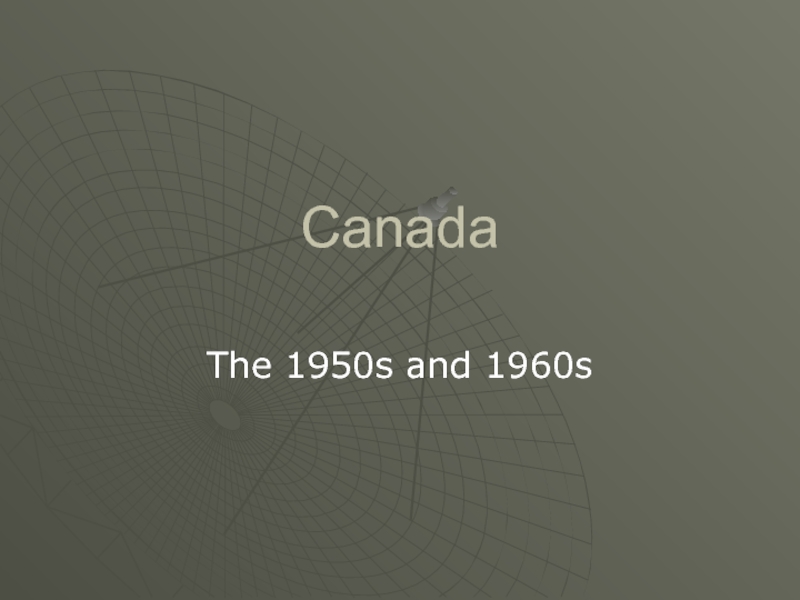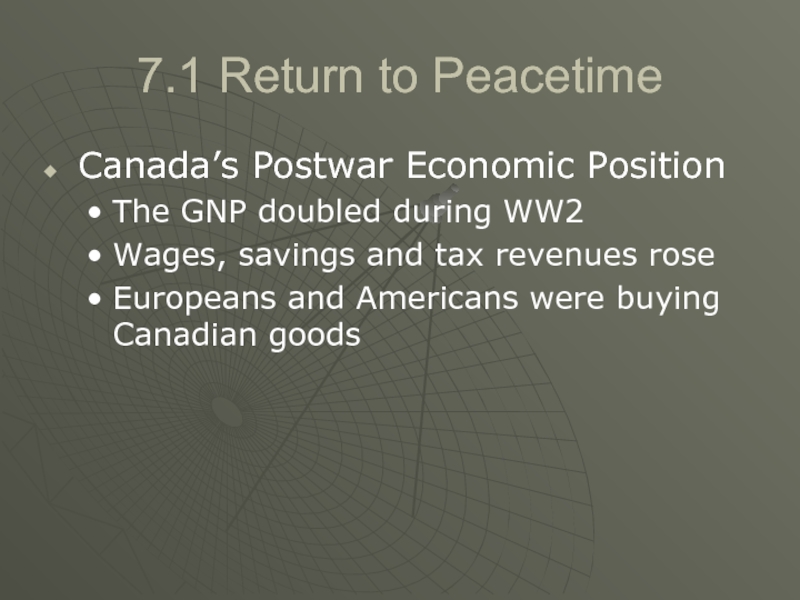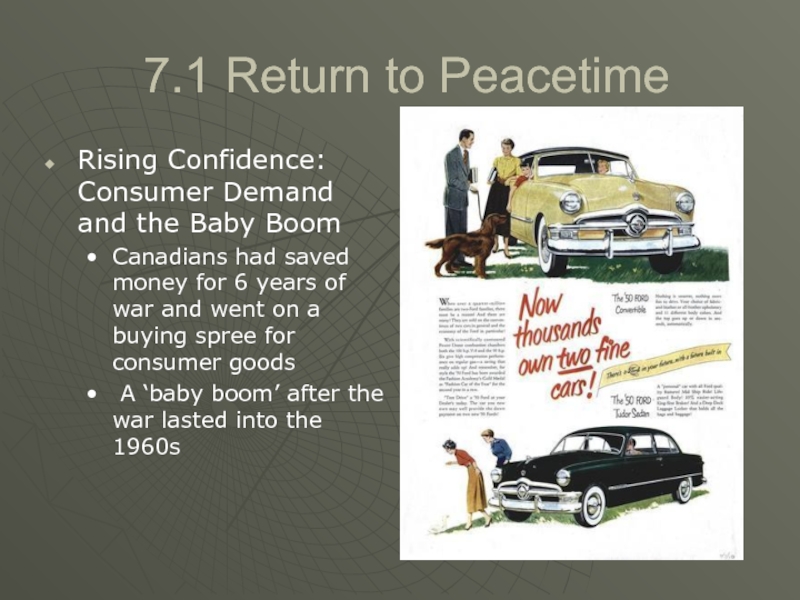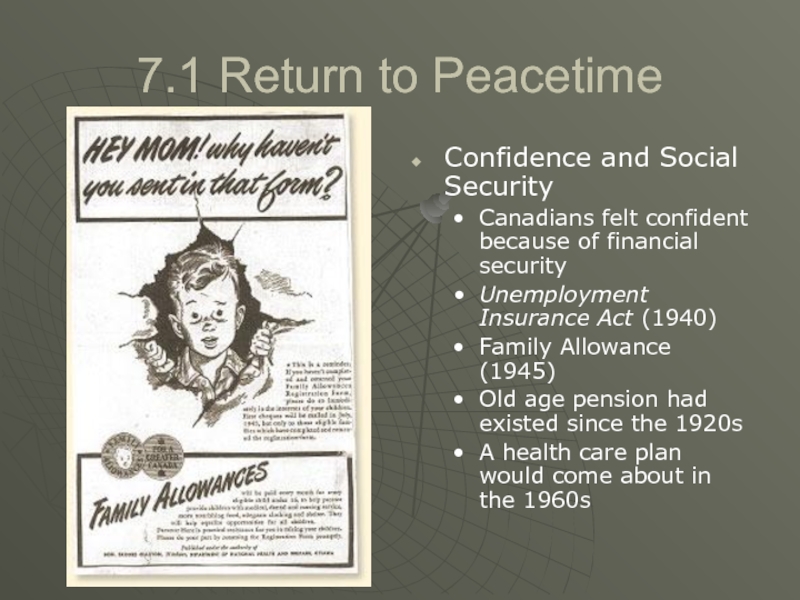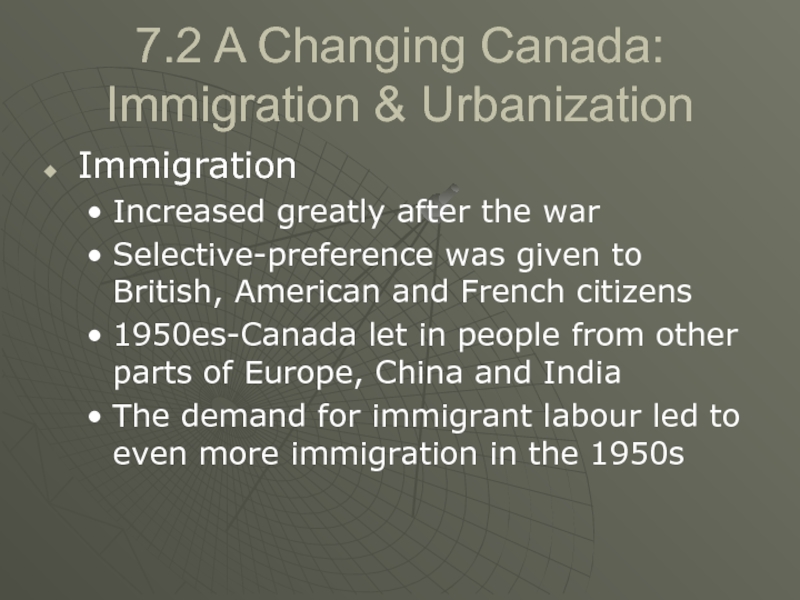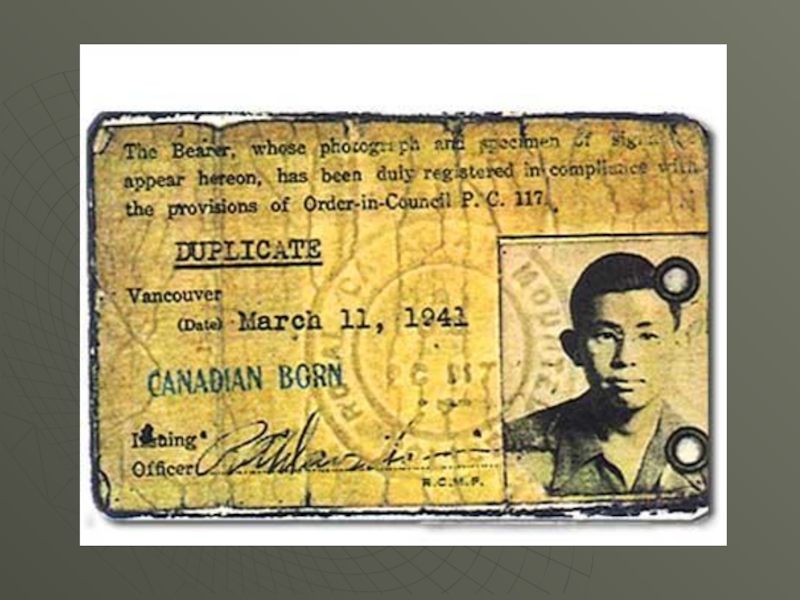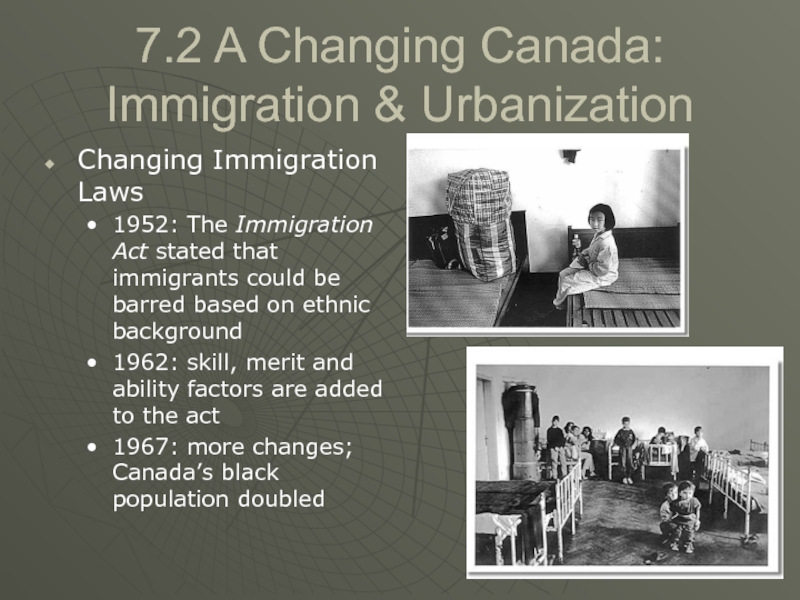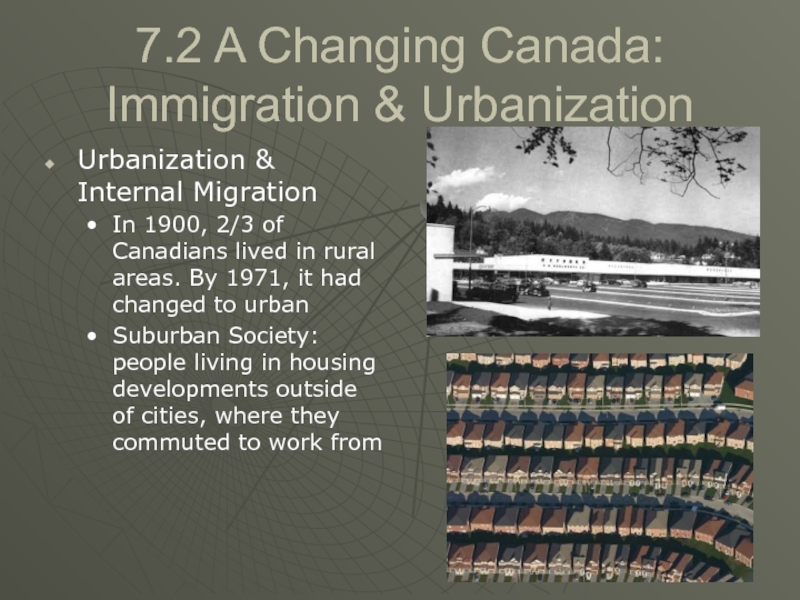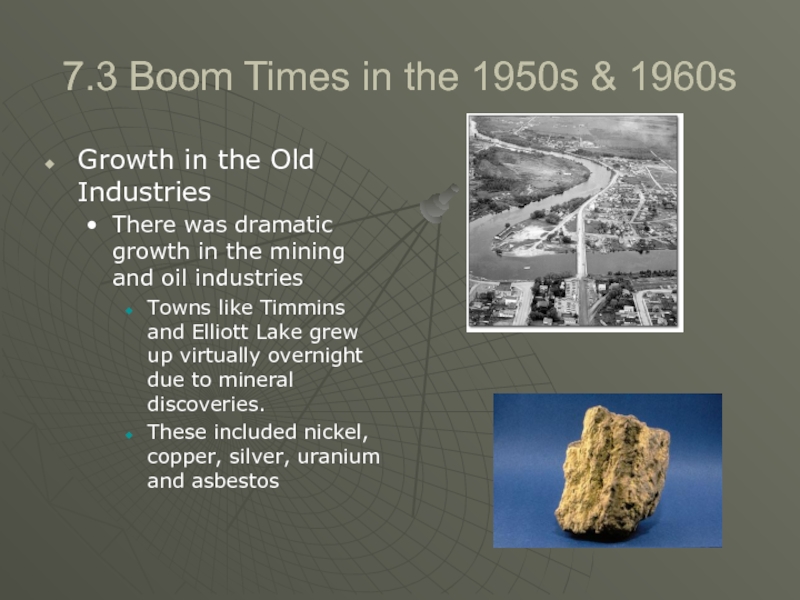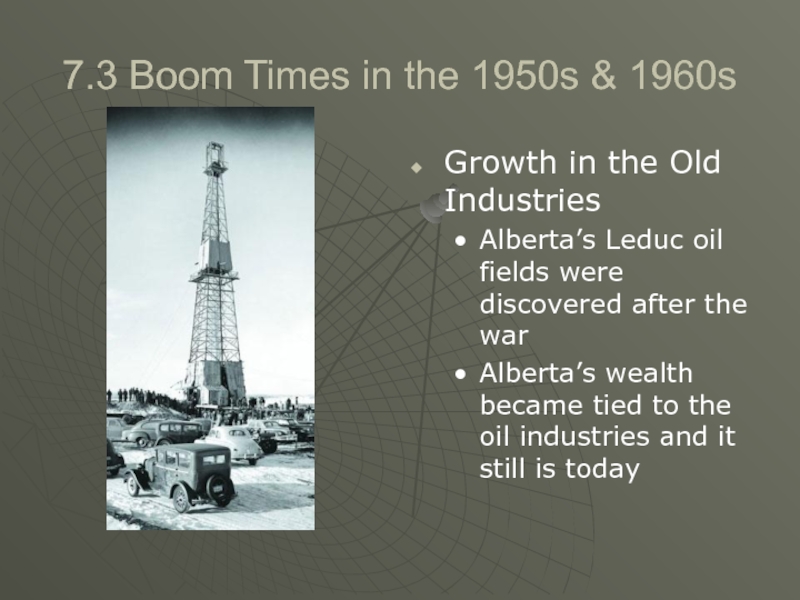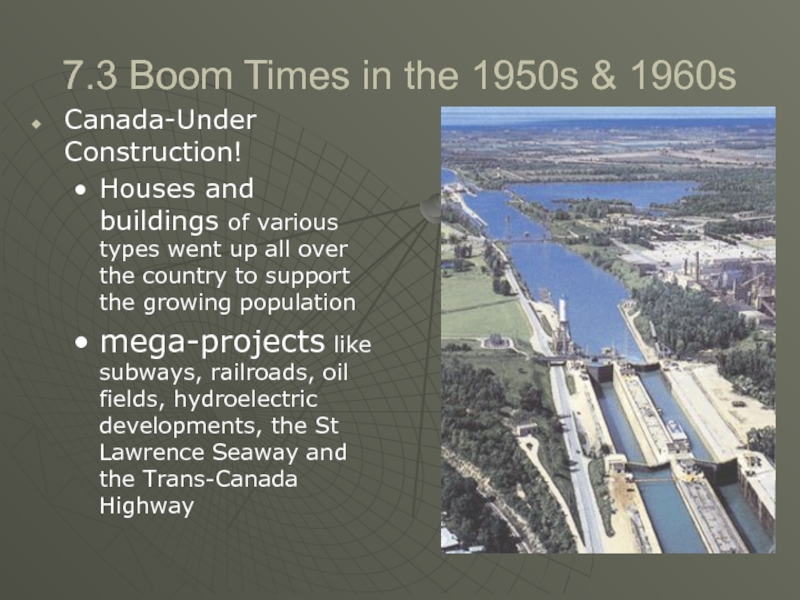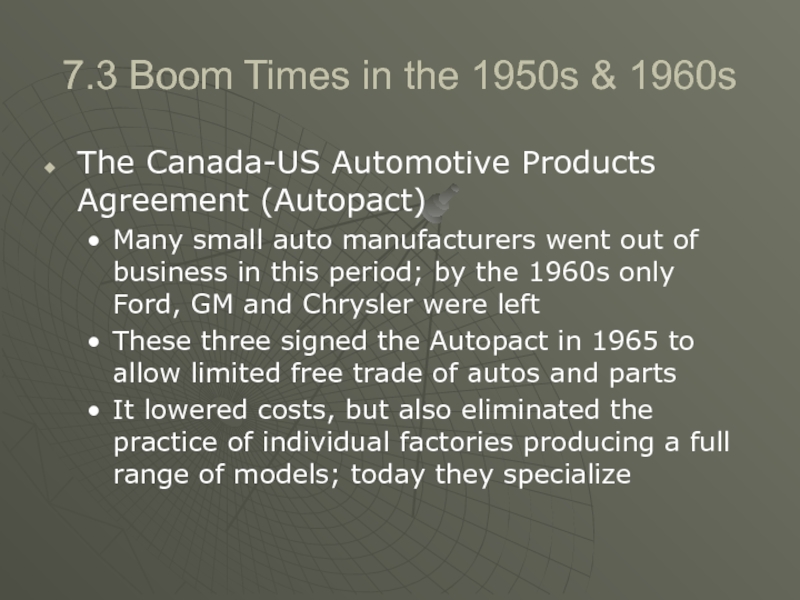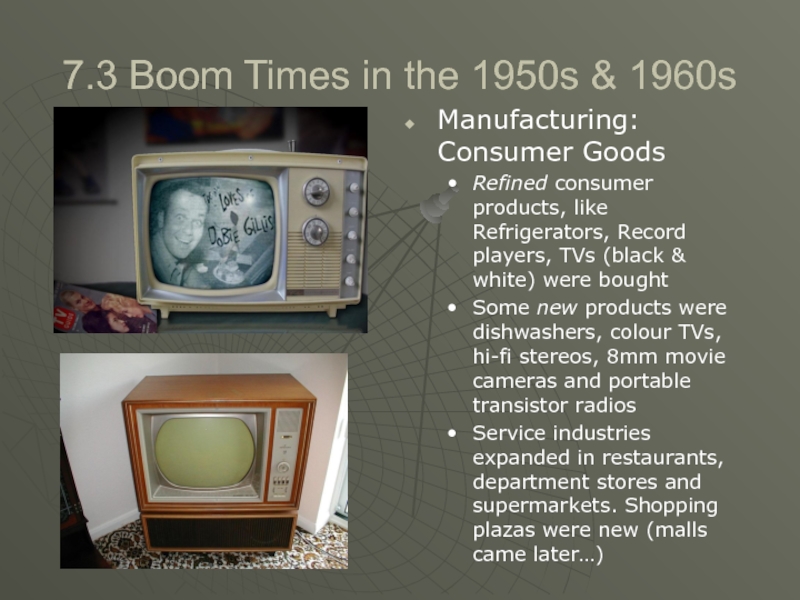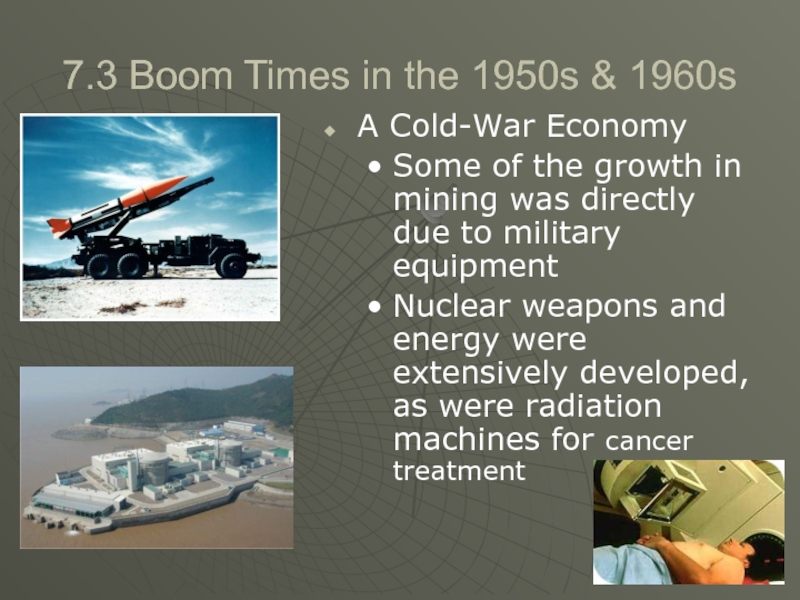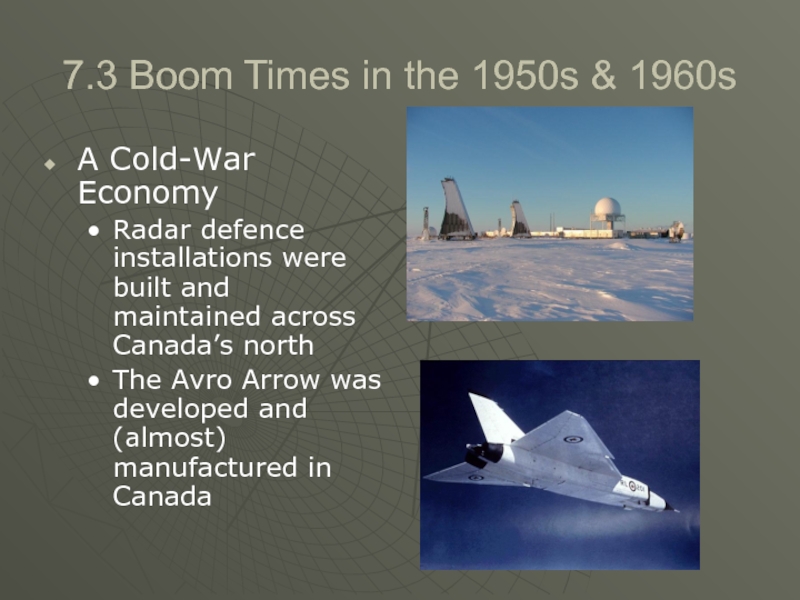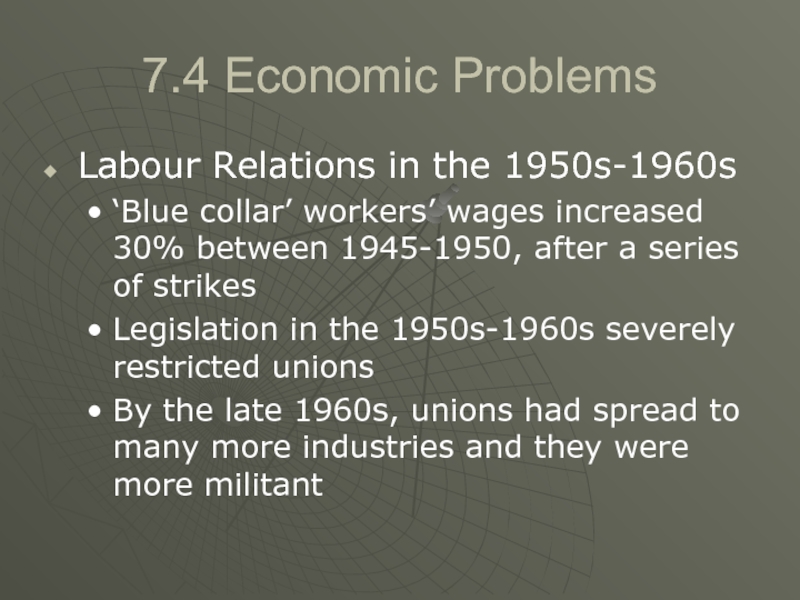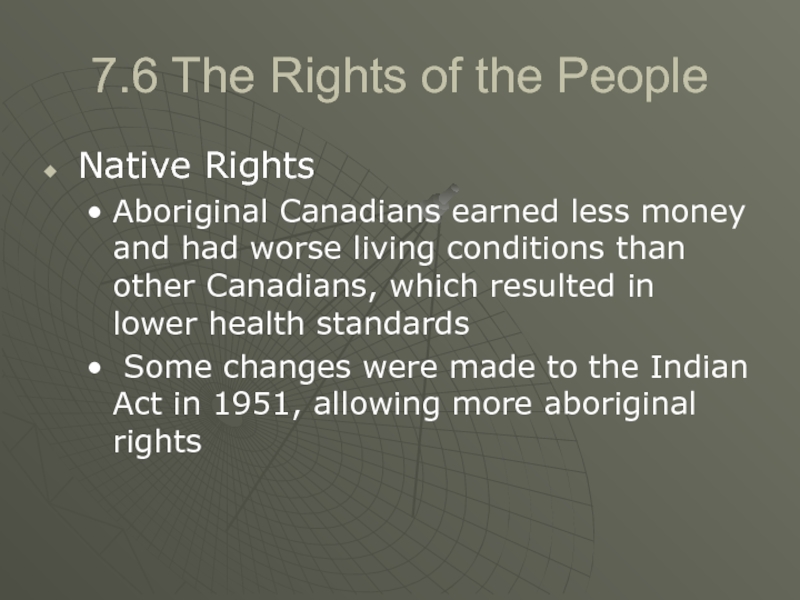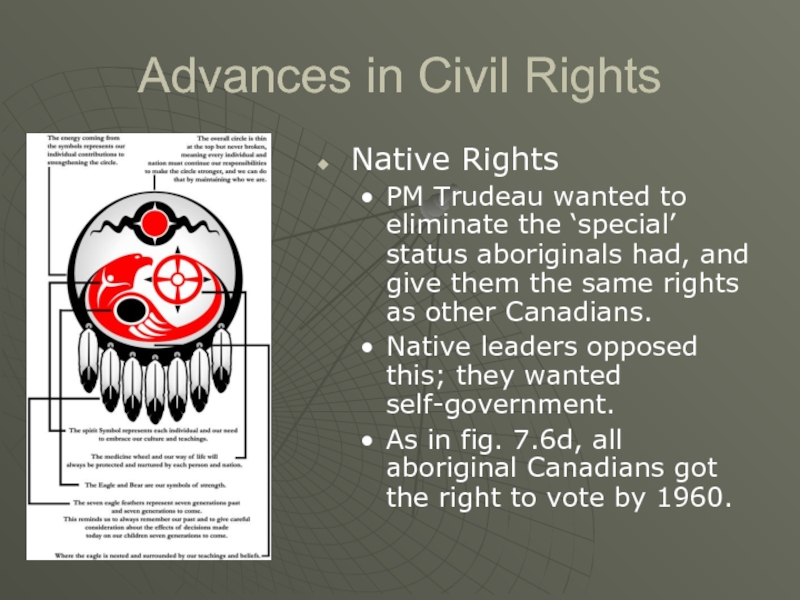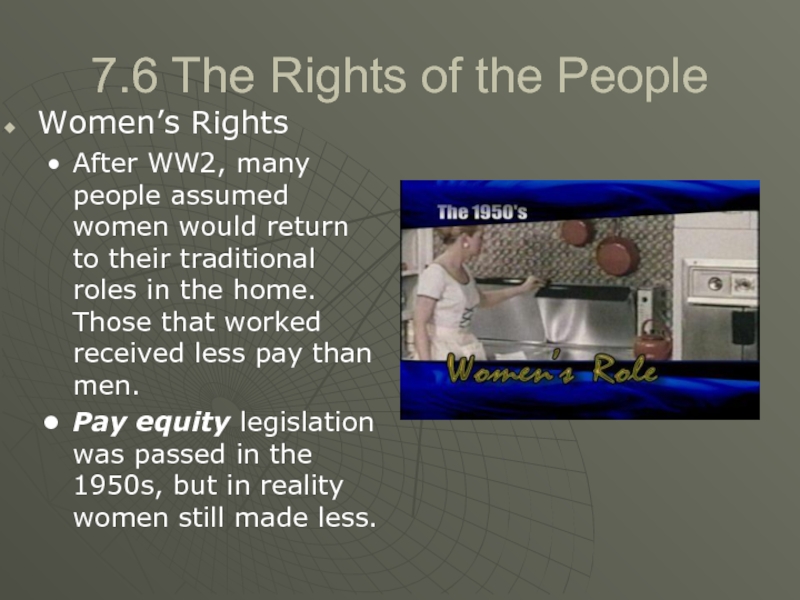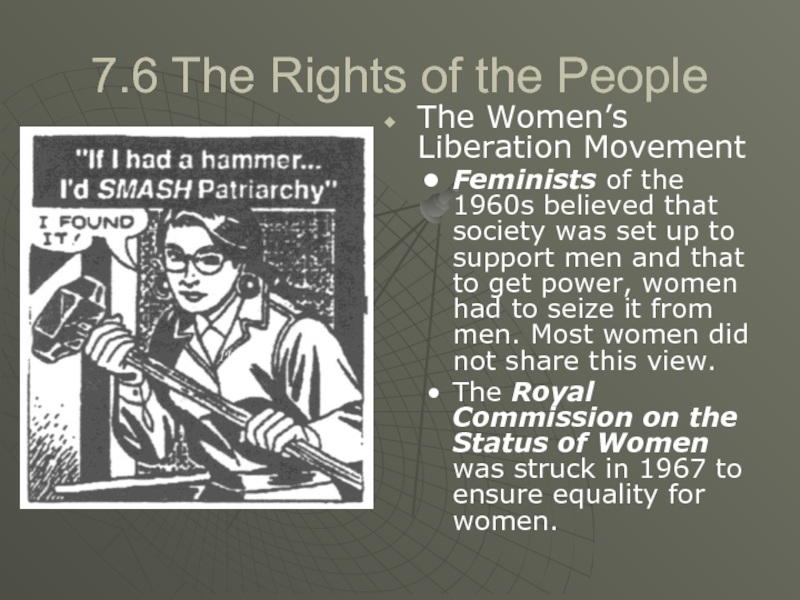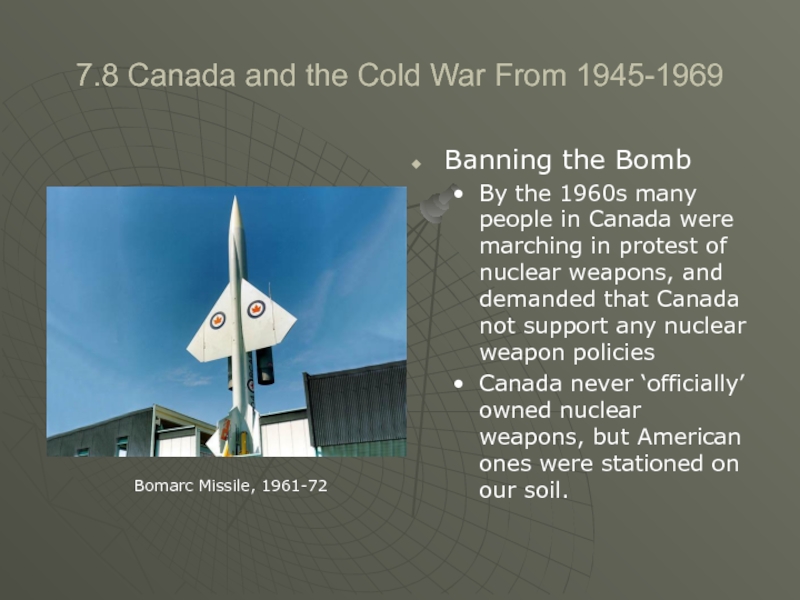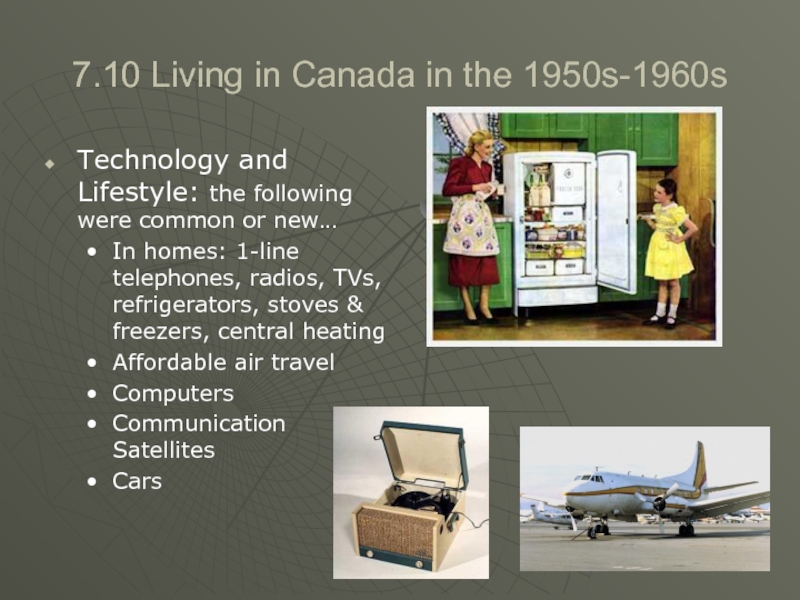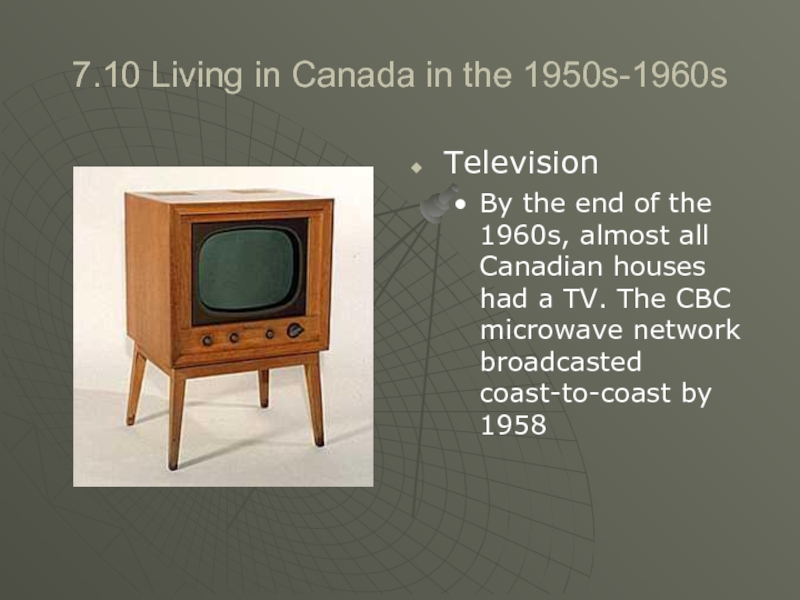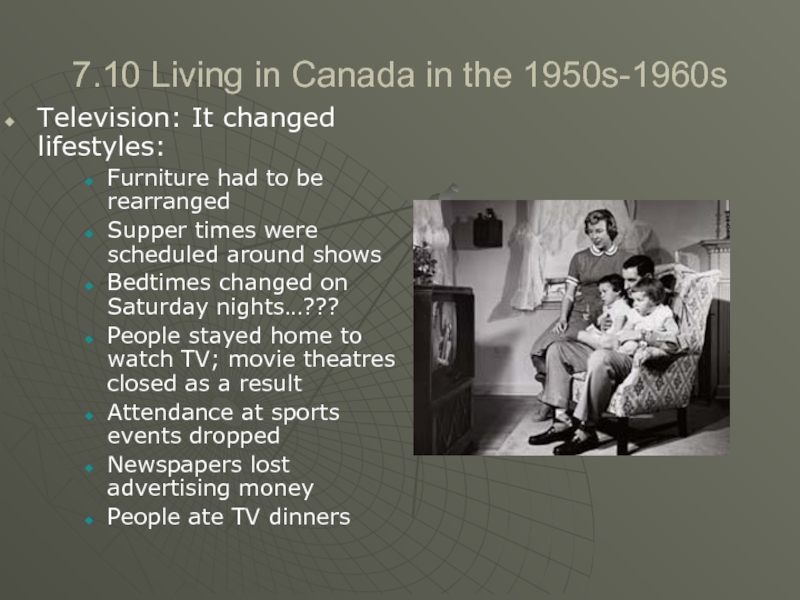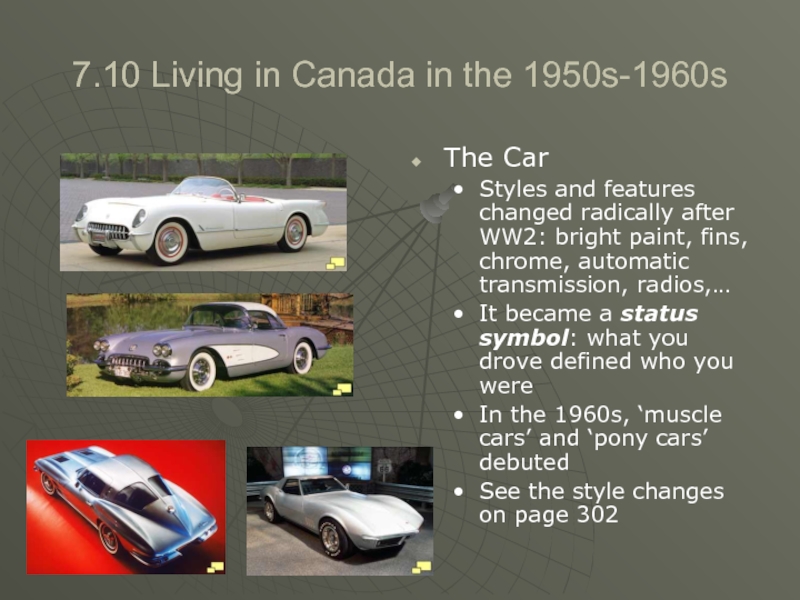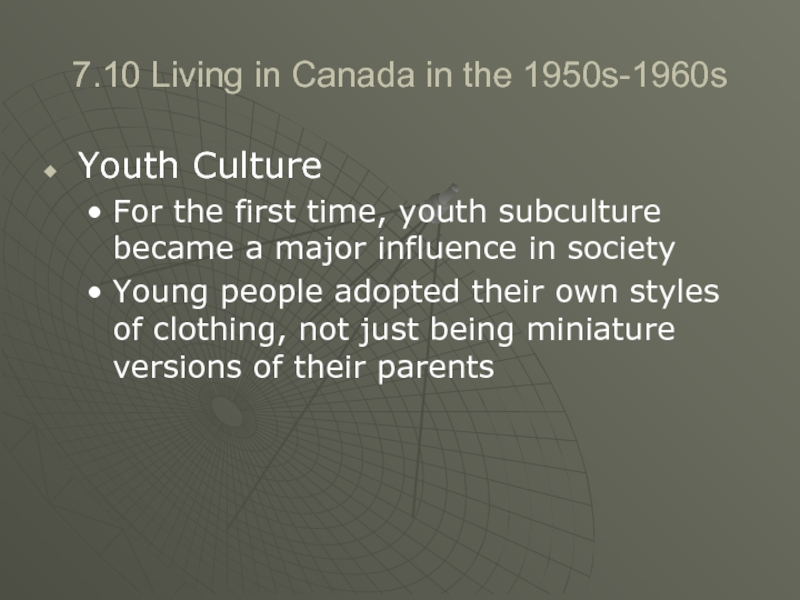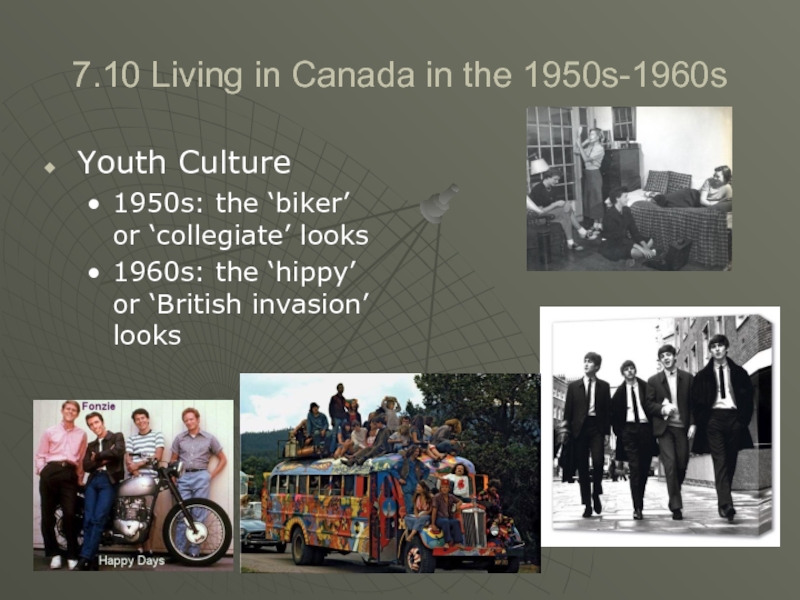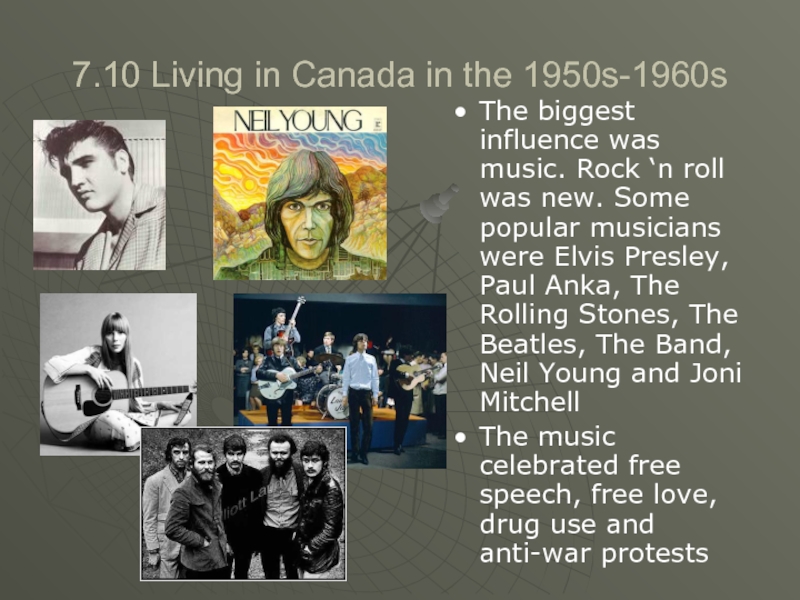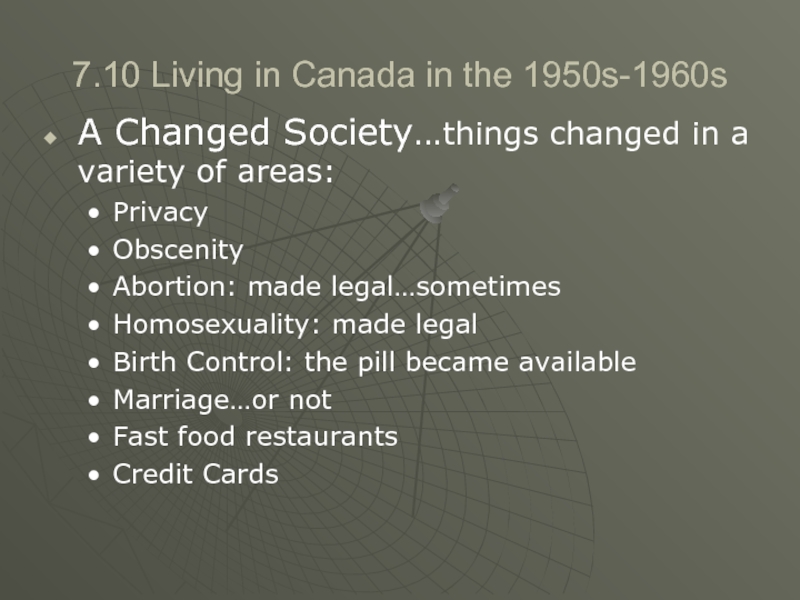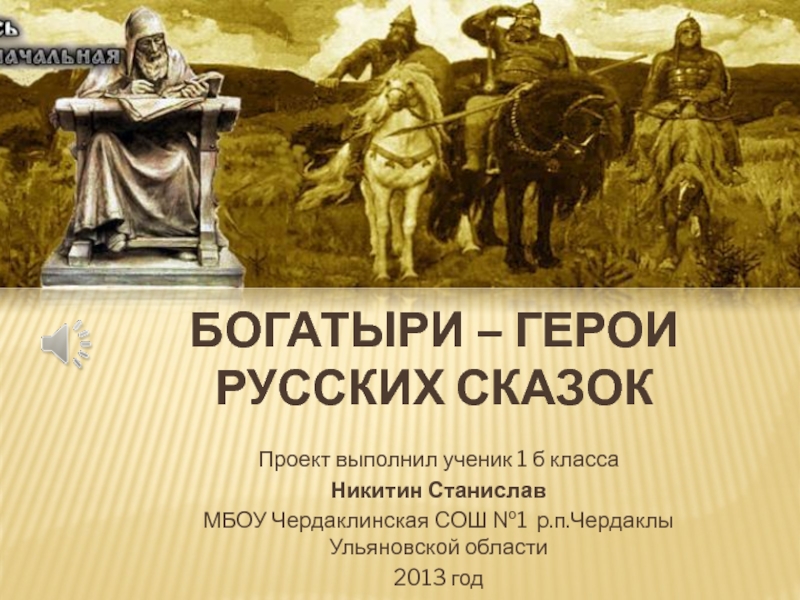Разделы презентаций
- Разное
- Английский язык
- Астрономия
- Алгебра
- Биология
- География
- Геометрия
- Детские презентации
- Информатика
- История
- Литература
- Математика
- Медицина
- Менеджмент
- Музыка
- МХК
- Немецкий язык
- ОБЖ
- Обществознание
- Окружающий мир
- Педагогика
- Русский язык
- Технология
- Физика
- Философия
- Химия
- Шаблоны, картинки для презентаций
- Экология
- Экономика
- Юриспруденция
Canada
Содержание
- 1. Canada
- 2. 7.1 Return to PeacetimeVeterans Come HomeVeterans could
- 3. 7.1 Return to PeacetimeCanada’s Postwar Economic PositionThe
- 4. 7.1 Return to PeacetimeRising Confidence: Consumer
- 5. 7.1 Return to PeacetimeConfidence and Social SecurityCanadians
- 6. 7.2 A Changing Canada: Immigration & UrbanizationImmigrationIncreased
- 7. Слайд 7
- 8. 7.2 A Changing Canada: Immigration & UrbanizationChanging
- 9. 7.2 A Changing Canada: Immigration & UrbanizationUrbanization
- 10. 7.3 Boom Times in the 1950s &
- 11. 7.3 Boom Times in the 1950s &
- 12. 7.3 Boom Times in the 1950s &
- 13. 7.3 Boom Times in the 1950s &
- 14. 7.3 Boom Times in the 1950s &
- 15. 7.3 Boom Times in the 1950s &
- 16. 7.3 Boom Times in the 1950s &
- 17. 7.4 Economic ProblemsEconomic DownturnThe boom times lasted
- 18. 7.4 Economic ProblemsEconomic DownturnWhy did things change?…
- 19. 7.4 Economic ProblemsEconomic DownturnWhat did the government
- 20. 7.4 Economic ProblemsEconomic DownturnOther Problems:The balance of
- 21. 7.4 Economic ProblemsLabour Relations in the 1950s-1960s‘Blue
- 22. 7.4 Economic ProblemsAmerican InvestmentThe Canadian economy’s recovery
- 23. 7.4 Economic ProblemsAmerican InvestmentMany Canadian factories were
- 24. 7.4 Economic ProblemsAmerican InvestmentMany Canadians feared losing
- 25. 7.4 Economic ProblemsEconomic Change: The Human ImpactFamily
- 26. 7.6 The Rights of the PeopleAdvances in
- 27. 7.6 The Rights of the PeopleNative RightsAboriginal
- 28. Advances in Civil RightsNative RightsPM Trudeau wanted
- 29. 7.6 The Rights of the PeopleWomen’s RightsAfter
- 30. 7.6 The Rights of the PeopleThe Women’s
- 31. 7.8 Canada and the Cold War From
- 32. Peacekeeping (a Canadian 'invention', thanks to Lester
- 33. 7.10 Living in Canada in the 1950s-1960sTechnology
- 34. 7.10 Living in Canada in the 1950s-1960sTelevisionBy
- 35. 7.10 Living in Canada in the 1950s-1960sTelevision:
- 36. 7.10 Living in Canada in the 1950s-1960sThe
- 37. 7.10 Living in Canada in the 1950s-1960sYouth
- 38. 7.10 Living in Canada in the 1950s-1960sYouth
- 39. 7.10 Living in Canada in the 1950s-1960sThe
- 40. 7.10 Living in Canada in the 1950s-1960sNew
- 41. 7.10 Living in Canada in the 1950s-1960sA
- 42. Скачать презентанцию
7.1 Return to PeacetimeVeterans Come HomeVeterans could buy building lots at good pricesMany Canadians could get financing to buy houses under the National Housing Act (1944)
Слайды и текст этой презентации
Слайд 27.1 Return to Peacetime
Veterans Come Home
Veterans could buy building lots
at good prices
under the National Housing Act (1944)Слайд 37.1 Return to Peacetime
Canada’s Postwar Economic Position
The GNP doubled during
WW2
Wages, savings and tax revenues rose
Europeans and Americans were buying
Canadian goodsСлайд 4 7.1 Return to Peacetime
Rising Confidence: Consumer Demand and the
Baby Boom
Canadians had saved money for 6 years of war
and went on a buying spree for consumer goodsA ‘baby boom’ after the war lasted into the 1960s
Слайд 57.1 Return to Peacetime
Confidence and Social Security
Canadians felt confident because
of financial security
Unemployment Insurance Act (1940)
Family Allowance (1945)
Old age pension
had existed since the 1920sA health care plan would come about in the 1960s
Слайд 67.2 A Changing Canada: Immigration & Urbanization
Immigration
Increased greatly after the
war
Selective-preference was given to British, American and French citizens
1950es-Canada let
in people from other parts of Europe, China and IndiaThe demand for immigrant labour led to even more immigration in the 1950s
Слайд 87.2 A Changing Canada: Immigration & Urbanization
Changing Immigration Laws
1952: The
Immigration Act stated that immigrants could be barred based on
ethnic background1962: skill, merit and ability factors are added to the act
1967: more changes; Canada’s black population doubled
Слайд 97.2 A Changing Canada: Immigration & Urbanization
Urbanization & Internal Migration
In
1900, 2/3 of Canadians lived in rural areas. By 1971,
it had changed to urbanSuburban Society: people living in housing developments outside of cities, where they commuted to work from
Слайд 107.3 Boom Times in the 1950s & 1960s
Growth in
the Old Industries
There was dramatic growth in the mining and
oil industriesTowns like Timmins and Elliott Lake grew up virtually overnight due to mineral discoveries.
These included nickel, copper, silver, uranium and asbestos
Слайд 117.3 Boom Times in the 1950s & 1960s
Growth in the
Old Industries
Alberta’s Leduc oil fields were discovered after the war
Alberta’s wealth became tied to the oil industries and it still is today
Слайд 127.3 Boom Times in the 1950s & 1960s
Canada-Under Construction!
Houses and
buildings of various types went up all over the country
to support the growing populationmega-projects like subways, railroads, oil fields, hydroelectric developments, the St Lawrence Seaway and the Trans-Canada Highway
Слайд 137.3 Boom Times in the 1950s & 1960s
The Canada-US Automotive
Products Agreement (Autopact)
Many small auto manufacturers went out of business
in this period; by the 1960s only Ford, GM and Chrysler were leftThese three signed the Autopact in 1965 to allow limited free trade of autos and parts
It lowered costs, but also eliminated the practice of individual factories producing a full range of models; today they specialize
Слайд 147.3 Boom Times in the 1950s & 1960s
Manufacturing: Consumer Goods
Refined
consumer products, like Refrigerators, Record players, TVs (black & white)
were boughtSome new products were dishwashers, colour TVs, hi-fi stereos, 8mm movie cameras and portable transistor radios
Service industries expanded in restaurants, department stores and supermarkets. Shopping plazas were new (malls came later…)
Слайд 157.3 Boom Times in the 1950s & 1960s
A Cold-War Economy
Some
of the growth in mining was directly due to military
equipmentNuclear weapons and energy were extensively developed, as were radiation machines for cancer treatment
Слайд 167.3 Boom Times in the 1950s & 1960s
A Cold-War Economy
Radar defence installations were built and maintained across Canada’s north
The
Avro Arrow was developed and (almost) manufactured in CanadaСлайд 177.4 Economic Problems
Economic Downturn
The boom times lasted until about 1957.
Why did things change?
The economies of Europe and Japan finally
revived after WW2The European Common Market (ECM) raised tariffs on Canadian products
American wheat surpluses drove prices down
Слайд 187.4 Economic Problems
Economic Downturn
Why did things change?… continued
Unemployment rose
Immigration rose
Migration
to cities from rural areas
More women entering full-time employment
Слайд 197.4 Economic Problems
Economic Downturn
What did the government do?
Set up a
number of ‘make work’ projects
The Governor of the Bank of
Canada said Canada was entering a recession and raised interest rates. PM Diefenbaker disagreed and he was dismissed.Слайд 207.4 Economic Problems
Economic Downturn
Other Problems:
The balance of trade wasn’t in
Canada’s favour; she bought more imported products than those exported.
PM
Diefenbaker devalued the Canadian dollar to 92.5 cents, which shook Canadians’ confidence. Слайд 217.4 Economic Problems
Labour Relations in the 1950s-1960s
‘Blue collar’ workers’ wages
increased 30% between 1945-1950, after a series of strikes
Legislation in
the 1950s-1960s severely restricted unionsBy the late 1960s, unions had spread to many more industries and they were more militant
Слайд 227.4 Economic Problems
American Investment
The Canadian economy’s recovery in 1962 was
partly due to American investment
American companies owned 90% of Canadian
petroleum and automobile productionСлайд 237.4 Economic Problems
American Investment
Many Canadian factories were American branch plants
All
of this investment was good, but there were problems as
well…Слайд 247.4 Economic Problems
American Investment
Many Canadians feared losing control of their
economy to Americans
The government introduced tax incentives which favoured Canadian
companiesIt also opened trade with other countries like Cuba and the Soviet Union
Слайд 257.4 Economic Problems
Economic Change: The Human Impact
Family farms began to
disappear
East coast inshore fishing declined in favour of large-scale offshore
fishing. Foreign overfishing was hard to controlTraditional northern aboriginal lifestyles changed with the development of Canada’s North
Слайд 267.6 The Rights of the People
Advances in Civil Rights
Civil rights
legislation was intended to fight discrimination based on colour, religion
and ethnic backgroundСлайд 277.6 The Rights of the People
Native Rights
Aboriginal Canadians earned less
money and had worse living conditions than other Canadians, which
resulted in lower health standardsSome changes were made to the Indian Act in 1951, allowing more aboriginal rights
Слайд 28Advances in Civil Rights
Native Rights
PM Trudeau wanted to eliminate the
‘special’ status aboriginals had, and give them the same rights
as other Canadians.Native leaders opposed this; they wanted self-government.
As in fig. 7.6d, all aboriginal Canadians got the right to vote by 1960.
Слайд 297.6 The Rights of the People
Women’s Rights
After WW2, many people
assumed women would return to their traditional roles in the
home. Those that worked received less pay than men.Pay equity legislation was passed in the 1950s, but in reality women still made less.
Слайд 307.6 The Rights of the People
The Women’s Liberation Movement
Feminists of
the 1960s believed that society was set up to support
men and that to get power, women had to seize it from men. Most women did not share this view.The Royal Commission on the Status of Women was struck in 1967 to ensure equality for women.
Слайд 317.8 Canada and the Cold War From 1945-1969
Banning the Bomb
By
the 1960s many people in Canada were marching in protest
of nuclear weapons, and demanded that Canada not support any nuclear weapon policiesCanada never ‘officially’ owned nuclear weapons, but American ones were stationed on our soil.
Bomarc Missile, 1961-72
Слайд 32Peacekeeping
(a Canadian 'invention', thanks to Lester B. Pearson):
any UN military
action to separate hostile forces, maintain truces and get food
to hungry peopleСлайд 337.10 Living in Canada in the 1950s-1960s
Technology and Lifestyle: the
following were common or new…
In homes: 1-line telephones, radios, TVs,
refrigerators, stoves & freezers, central heatingAffordable air travel
Computers
Communication Satellites
Cars
Слайд 347.10 Living in Canada in the 1950s-1960s
Television
By the end of
the 1960s, almost all Canadian houses had a TV. The
CBC microwave network broadcasted coast-to-coast by 1958Слайд 357.10 Living in Canada in the 1950s-1960s
Television: It changed lifestyles:
Furniture
had to be rearranged
Supper times were scheduled around shows
Bedtimes changed
on Saturday nights…???People stayed home to watch TV; movie theatres closed as a result
Attendance at sports events dropped
Newspapers lost advertising money
People ate TV dinners
Слайд 367.10 Living in Canada in the 1950s-1960s
The Car
Styles and features
changed radically after WW2: bright paint, fins, chrome, automatic transmission,
radios,…It became a status symbol: what you drove defined who you were
In the 1960s, ‘muscle cars’ and ‘pony cars’ debuted
See the style changes on page 302
Слайд 377.10 Living in Canada in the 1950s-1960s
Youth Culture
For the first
time, youth subculture became a major influence in society
Young people
adopted their own styles of clothing, not just being miniature versions of their parentsСлайд 387.10 Living in Canada in the 1950s-1960s
Youth Culture
1950s: the ‘biker’
or ‘collegiate’ looks
1960s: the ‘hippy’ or ‘British invasion’ looks
Слайд 397.10 Living in Canada in the 1950s-1960s
The biggest influence was
music. Rock ‘n roll was new. Some popular musicians were
Elvis Presley, Paul Anka, The Rolling Stones, The Beatles, The Band, Neil Young and Joni MitchellThe music celebrated free speech, free love, drug use and anti-war protests
Слайд 407.10 Living in Canada in the 1950s-1960s
New Attitudes and Values
After
the depression and WW2, Canadians wanted to relax and have
fun. The following became common:Car travel for leisure
TV entertainment
Portable radios
More liberal values & attitudes towards drinking, hairstyles, clothing and music
Protesting civil rights abuses and against the arms race
Слайд 417.10 Living in Canada in the 1950s-1960s
A Changed Society…things changed
in a variety of areas:
Privacy
Obscenity
Abortion: made legal…sometimes
Homosexuality: made legal
Birth Control:
the pill became availableMarriage…or not
Fast food restaurants
Credit Cards
